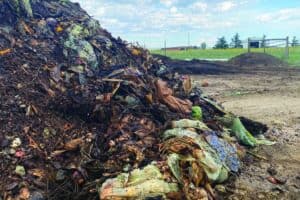Every day, approximately nine million women in the United States use some form of Premarin to replace the estrogen their bodies no longer produce because of a hysterectomy or menopause. A lack of estrogen results in symptoms like hot flashes and anxiety. Premarin contains estrogen, which is used in estrogen replacement therapy (ERT). In recent years, Premarin and another hormone, progesterone, have been combined to form a treatment known as hormone replacement therapy (HRT). Premarin-based HRT is available in pill, patch and cream forms under the names PremphaseÆ Premelle, and PrempacÆ. It is manufactured by Wyeth Pharmaceuticals, a company that made $1.9 billion in 2001 from the production of estrogen for human consumption.How is Premarin made?The estrogen in Premarin comes from the urine of pregnant mares, who live in factory farms, also known as “pregnant mare urine” (PMU) farms. Most PMU farms are located in the Canadian regions of Alberta, Manitoba, and Saskatchewan (about 480 farms), and about 50 PMU farms exist in North Dakota, Minnesota and Indiana. In 2000, PMU farms produced approximately 40,000 foals.Life on the “pee line”Mares are bred shortly after giving birth, entering the urine collection barns in September when their estrogen levels rise. Each mare is tethered in a narrow stall with a rubber cup positioned over the urethra to collect the urine. The cup is held in place by overhead supports and a partial body harness, which restricts movement to the point that the mare cannot turn or take more than a step or two in any direction.PMU mares stay on the “pee line” from September until they give birth in March or April. In the fall, the pregnant mares are returned to the “pee line,” and the foals are typically sold at auction, along with mares that are no longer capable of bearing more foals.






